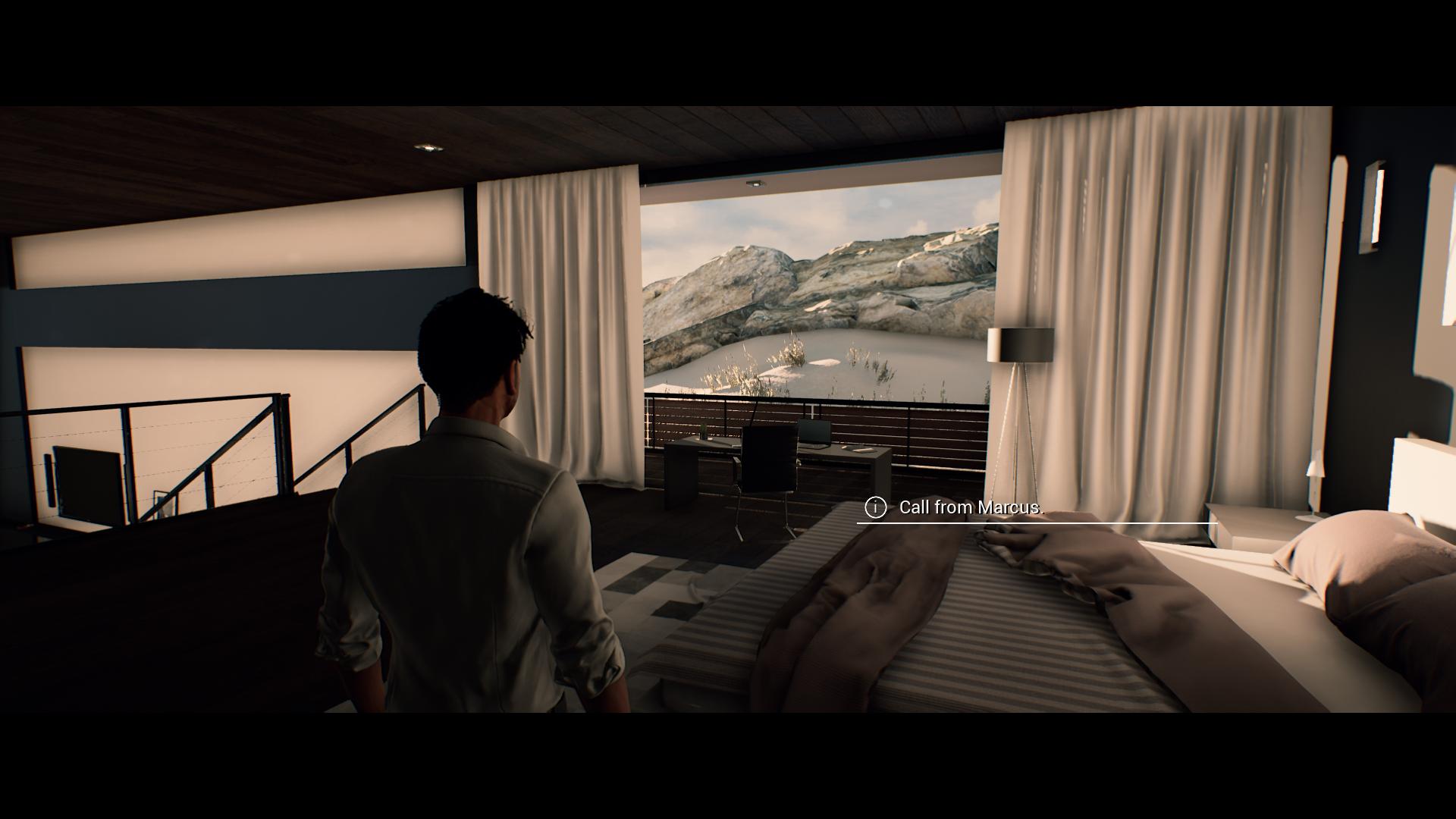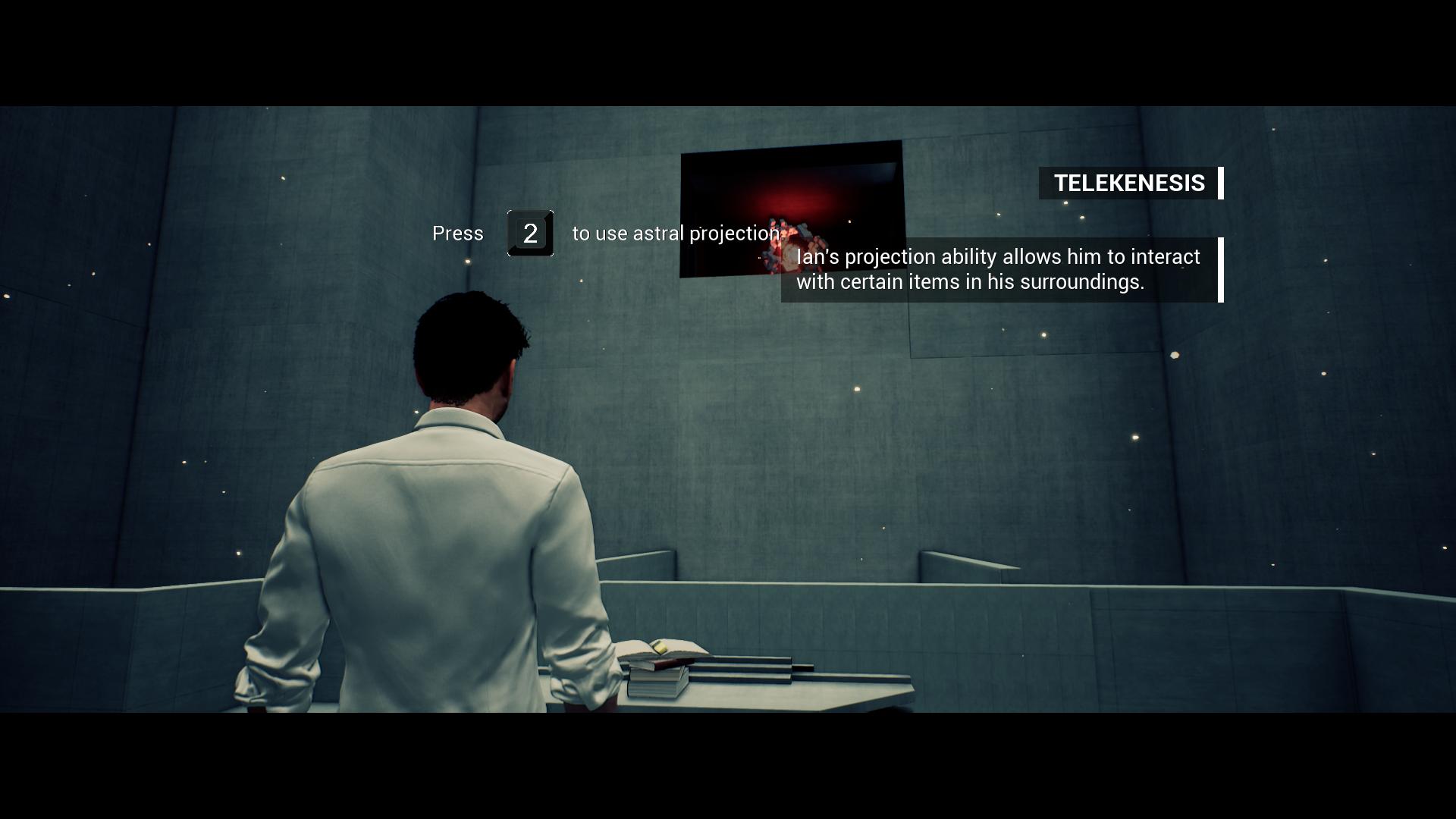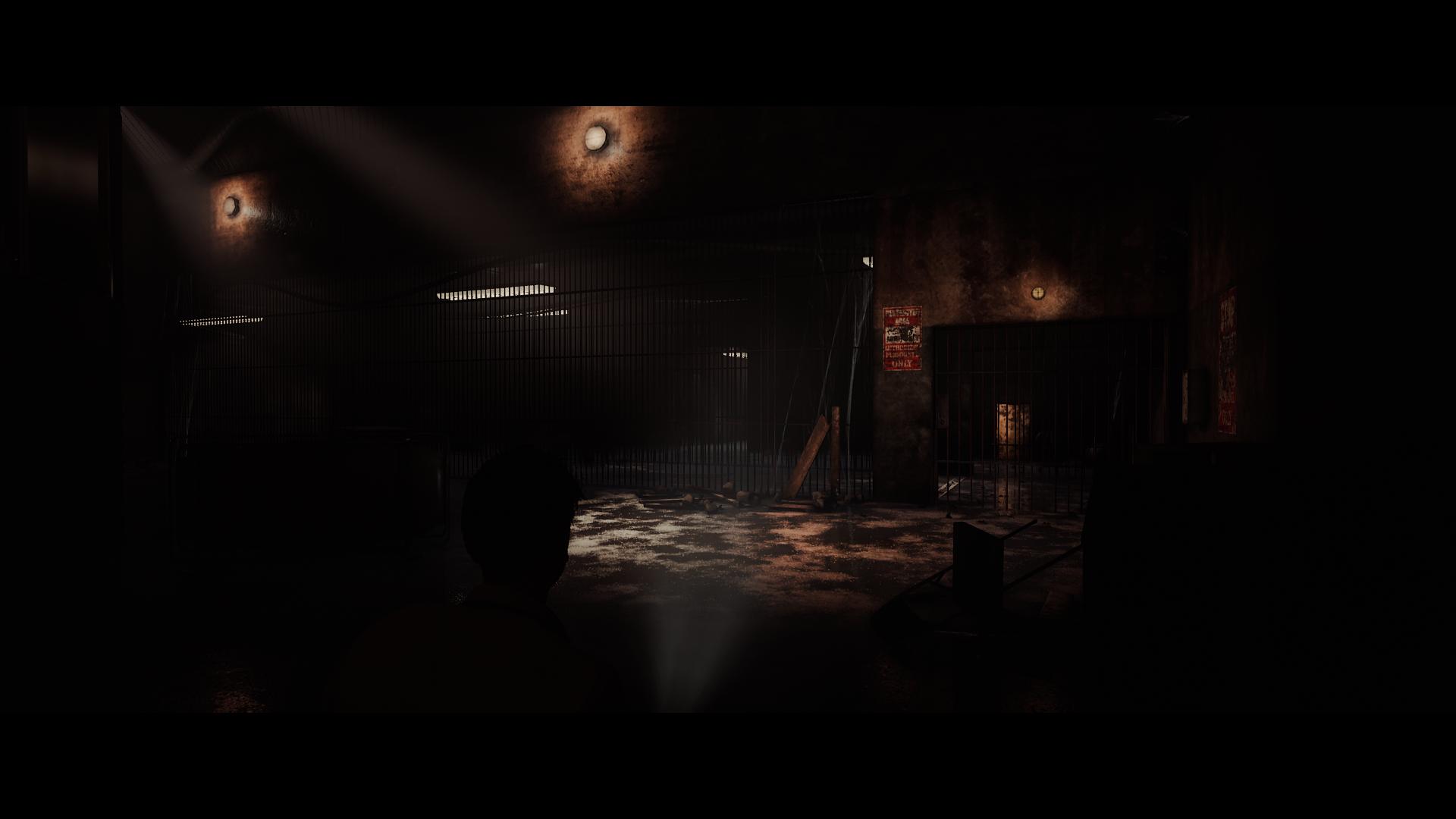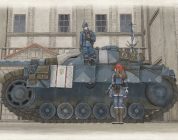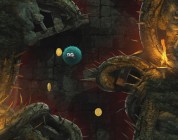Past Cure is full of promise. With a premise of mystery and intrigue, and haunting visuals, it’s no fault of anyone who starts this game thinking they will be transported into an action-packed thriller. Sadly, Past Cure is marred with monotone voice acting, unfocused game design, and writing that tries too hard. There are loads of great ideas, but they don’t fit together in a way that is satisfying and fun.
The story begins in one of Ian’s nightmares, immediately piling on questions in a clichéd way in an attempt to pique your interest. Out the gate, I had to shoot these domineering clay mannequins, their glowing red eyes staring me down as they stomped closer. The nightmare then morphs into something else until Ian wakes in a panic and receives a phone call from his brother. All this happens within the first 10-15 minutes. The central conflict should have been clear by that point, but the only thing I understood was something about a special drug and that Ian and Marcus were tracking the dealers because it could “help” Ian.
This purposefully keeps the player out of the loop, but the characters know exactly what’s going on. It’s a terrible way to create mystery and tension, especially since this is how Past Cure structures its entire story. It felt like it was reliant on the summary on its Steam page to provide the background information instead having the story doing the work. You can explore the basement of the home and interact with a few objects that will prompt Ian to talk about his past, but this crucial information is presented as an afterthought. Directly addressing that information at the beginning of Past Cure instead of the nightmare sequence would have made the story more compelling.
But the game is pretty. This is Past Cure’s strongest point: the art. While there’s something slightly off about the facial compositions of the characters, the visuals are lovely, especially in Ian’s nightmares. Early on, there is a maze that breaks down into large stones and reassembles itself, almost peeling away as you make your way to the end—a cool effect. The house that Ian is staying in is something straight out of The Sims—and admittedly, I spent a lot of time taking screenshots of every room so I could recreate it later in The Sims. There are so many beautiful things to look at, but its own visuals gets in the way most of the time.
Past Cure loves its cutscenes. Too much. For most of the Past Cure’s 4-5 hour length, you will spend more time watching cutscences than playing. Nearly every time you step into another room of your house it will trigger a cutscene. There were two moments in particular that were irritating. The first is just before the game prompts you to get a good night sleep before your big adventure in the morning. As you walk into the living room to go upstairs, a cutscene begins, and Ian goes looking for the source of a chirping sound. He finds a blue origami bird behind the couch, with a note inside that reads, “Go to sleep.” That’s exactly what I was trying to do before I was unnecessarily interrupted. The second is when Ian enters his second nightmare. A motionless white mannequin sits on the other side of a table with a chess board. I assumed that I was going to play chess—nope. Ian talks to himself like a freshman philosophy major as he decides what piece to move. It’s all just mystery for the sake of mystery.
The level design is just as disjointed as the story, and the mechanics are a bit clunky. After shooting your way through the demon humanoids at the beginning of Past Cure, you are forced to visit the shooting range in the basement of your home to learn the shooting mechanics—even though you already learned how to shoot minutes before. Sometimes, shooting your enemies in the face at point blank range doesn’t leave so much as a scratch. Hand-to-hand combat isn’t much better. While pummeling a guy and finishing him off is quite satisfying, countering attacks often causes your character to kick an enemy back, causing Ian to take a step or two back as well, and leaving him unable to close the gap quick enough to get a punch in. I had to back up against a wall then counter my enemy’s move to be able to punch him. Shooting my enemies was always the easiest and quickest option.
Your abilities aren’t limited to shooting and punching, though. Due to some crazy experiments on Ian’s mind—that he doesn’t remember, but still knows happened somehow—he has two special abilities: astral projection and time manipulation. Astral projection allows you to leave your body for a period of time to manipulate objects or get a birds-eye view of a room. Time manipulation allows you slow down time, which comes in handy if there are multiple enemies charging toward you at once. These abilities are fun to use in a few combat situations, even those using them makes getting from level to level unnecessarily slow.
The way these abilities are introduced is not exciting. During the second nightmare, you’ll walk down massive stone-walled hallways to a few puzzles that teach you how to use your abilities. These puzzles don’t amount to much other than flying into hovering hollowed-out squares to activate switches and slowing down time to avoid enemy detection. While all this is going on, there are two giant heads that unfold from their spherical shapes, one speaking in a female voice, and the other as Ian’s father. The voice acting here is a little more upbeat than Ian’s drab, emotionless tone, but Ian’s father comes across as a total creeper, speaking to Ian as if he’s still a child and inviting him to sit in his lap for being a good boy. This didn’t feel intentional, just a product of the bad writing that holds Past Cure together on frayed strings.
The good ideas Past Cure introduces are underutilized and implemented poorly. A man who returns from Syria only to have the last few years of his memory wiped, suffer from PTSD-induced nightmares, and have special abilities is a great concept. But the story favors creating artificial mystery over character development, the game design is simplistic, and there isn’t enough of an incentive to use Ian’s special abilities over straight combat. Without a central idea to fall back on, Past Cure is just an unorganized mess.
A copy of the game was provided by the developer.


